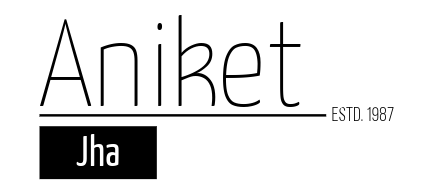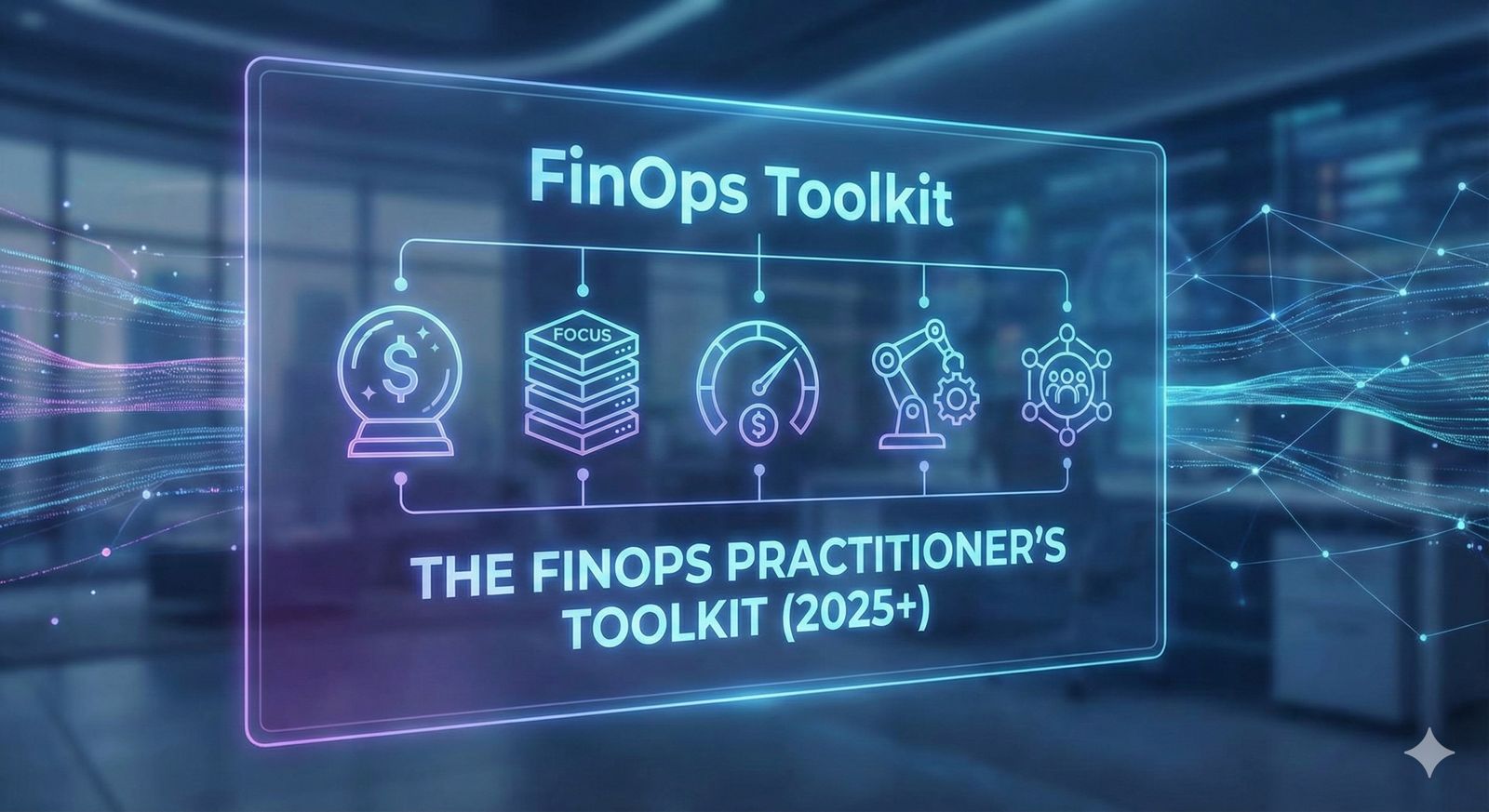As organisations scale globally, project managers are increasingly working with distributed teams spread across different time zones. The challenge? Maintaining cohesion, clear communication, and consistent productivity in a cross-functional setting. Here are some best practices to help manage distributed teams effectively:
1. Leverage Asynchronous Communication
With teams working across time zones, synchronous communication isn’t always feasible. Encourage asynchronous updates via tools and clear communication over emails to keep everyone in the loop without waiting for real-time responses.
2. Build a Strong Process for Handoffs
Seamless transitions between team members in different time zones are key to maintaining momentum. Create detailed documentation and checklists to ensure important information is transferred, minimizing errors and delays.
3. Use Collaboration Tools to Bridge Gaps
Invest in tools that facilitate both real-time and async collaboration, such as Microsoft Teams. These tools help create virtual spaces for brainstorming, problem-solving, and quick check-ins.
4. Respect Cultural and Time Zone Differences
Awareness of cultural nuances and work hours is critical. Avoid scheduling meetings at inconvenient times for certain time zones and celebrate team diversity to foster inclusion and motivation.
5. Set Clear Expectations and Deadlines
Without the benefit of physical proximity, it’s essential to set clear goals and timelines. Define roles, responsibilities, and KPIs upfront so team members can work autonomously while remaining aligned with the overall project objectives.
6. Time Zone Overlap Meetings
When synchronous communication is needed, try to identify a time overlap where all or most team members can join without inconvenience. Keep these meetings short, focusing on critical points that require real-time interaction.
7. Track Performance and Provide Feedback Regularly
In distributed teams, it’s easy for individuals to feel disconnected. Regularly monitor project progress and provide timely, constructive feedback to ensure team members feel supported and stay on track.
8. Encourage Continuous Learning and Upskilling
Cross-functional teams bring diverse skill sets. Encourage team members to share knowledge and participate in upskilling opportunities that align with the project’s goals. This not only boosts engagement but also enhances overall project outcomes.
9. Adapt to Changing Needs
Project managers need to remain flexible. Whether it’s adjusting timelines, reshuffling priorities, or recalibrating resource allocation, adapting to evolving team dynamics and external challenges is key to maintaining momentum.
By integrating these best practices, you can ensure that your cross-functional and distributed teams are not just productive, but also engaged and motivated.
#ProjectManagement #DistributedTeams #RemoteWork #Leadership #Collaboration #CrossFunctionalTeams #Productivity
Photo Designed by Freepik




